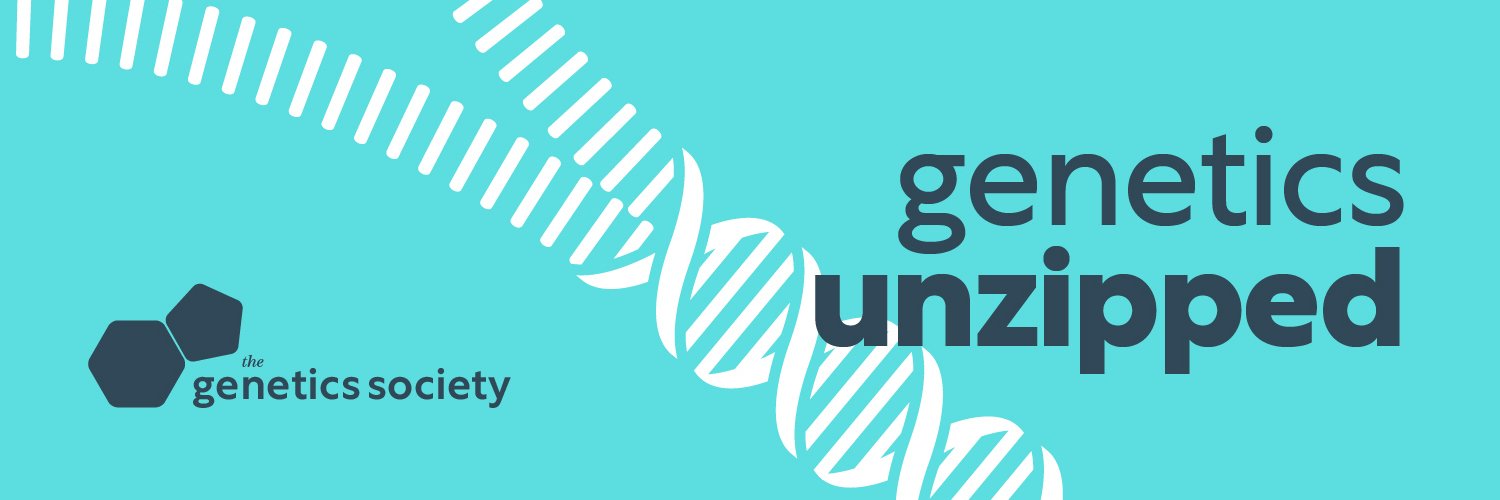Not only do birds, bees and educated fleas do it - 99% of all multicellular creatures on earth reproduce sexually. But why?
The darkest side of genetics
Eugenics - the idea of Charles Darwin’s brilliant but racist cousin, Francis Galton - led to some of the darkest acts of the 20th century, carried out in the name of genetic purity.
Driven to extinction
New genetic engineering tools known as gene drives could send mosquitoes extinct. Good idea or not?
The dark heart of the genome
We venture into the dark heart of the genome - a mysterious and previously uncharted domain known as the centromere.
Splice girls
The story of the discovery of RNA splicing needs a re-edit.
Untying Nature's shoelaces
Just as aglets stop our shoelaces from fraying, telomeres do the same job for our chromosomes, making them a hot topic in cancer and ageing research.
Double (Helix) Trouble
What did Watson and Crick discover? Rosalind Franklin’s notes…
Sweet Peas and Punnetts
The curious connections between soft fruits, sea creatures and a useful genetic diagram.
Three is the magic number
When it comes to biology, three is the magic number.
Building an army of MinIONs
We find out how to build an army of MinIONs.
Here be dragons
We’re seeking the genetic and mathematical secrets of snapdragons.
Bringing Mendel to Britain
We follow William Bateson on a very special train journey in May 1900, bringing the ideas of Mendel to Britain.
The case of the missing human chromosomes
Humans have 23 pairs of chromosomes, right? Well, for a long time that wasn’t true…
Lyons, tigers and pussycats
From Nettie Stevens’ beetles to the hidden tiger in every female, we take a look at Lyonisation.
Stäbchen in the Dark
Stäbchen, mitosen or plain old chromosomes? The story behind the ‘little skewers’ of life inside every cell.
The budding lady botanist - Harriet Creighton
Many people - although not enough - know about Barbara McClintock’s work on maize genetics. But how many know about her first graduate student, Harriet Creighton?
Kitchen Aid - Martha Chase
Martha Chase’s ‘blender experiment’ has earned her a place in scientific history.
Picking up the pieces - Tsuneko Okazaki
Did cultural attitudes towards women in science lead to Japanese researcher Tsuneko Okazaki missing out on a Nobel Prize?
Powder puffs and plasmids - Esther Lederberg
A tale of two Lederberg: Esther’s work on viruses led to a Nobel for her husband, while she struggled to get tenure.
Mighty Mouse
Mice are arguably the perfect model organism for human biology, putting on their little white furry lab coats to help researchers understand and treat a huge range of human ailments.




















